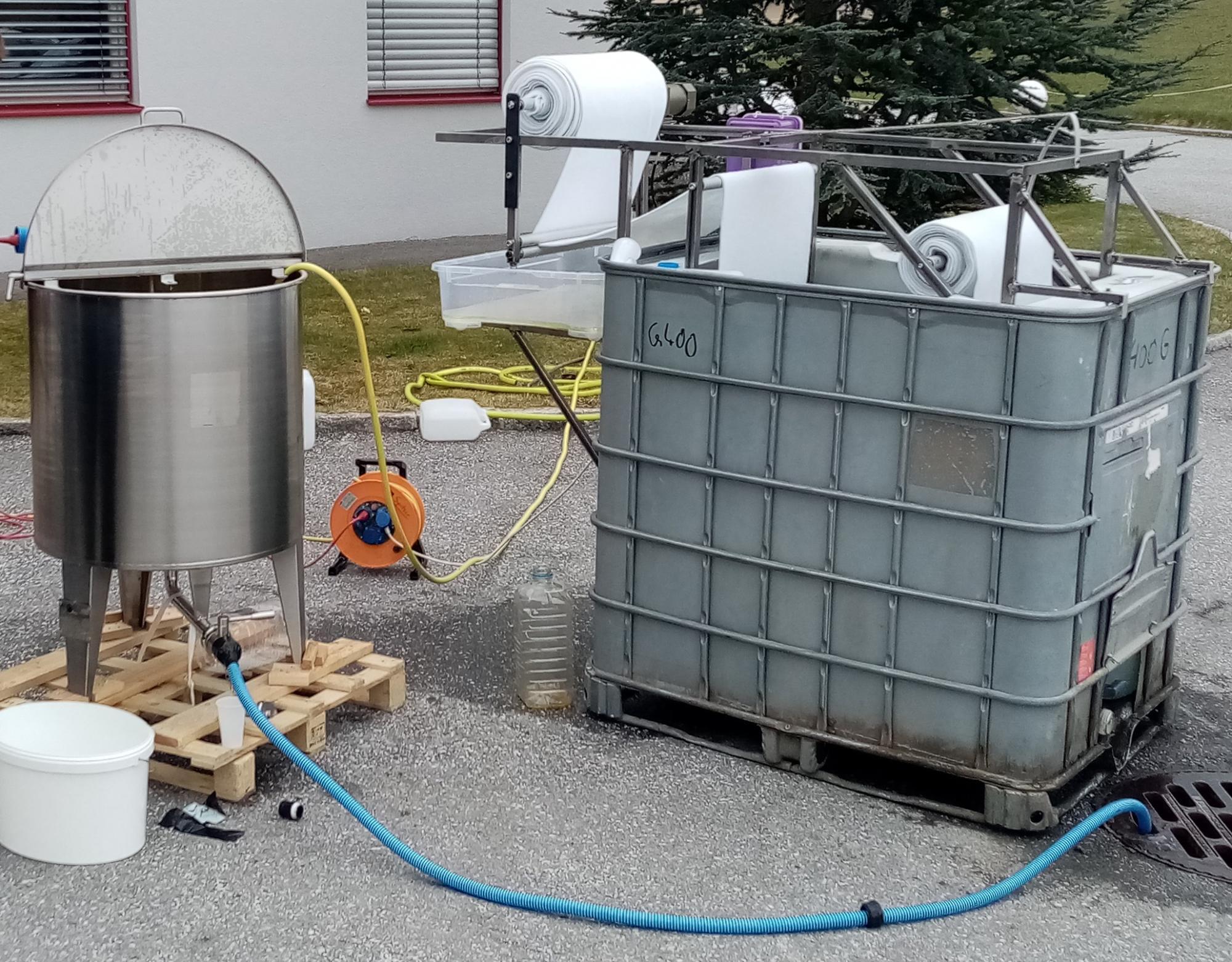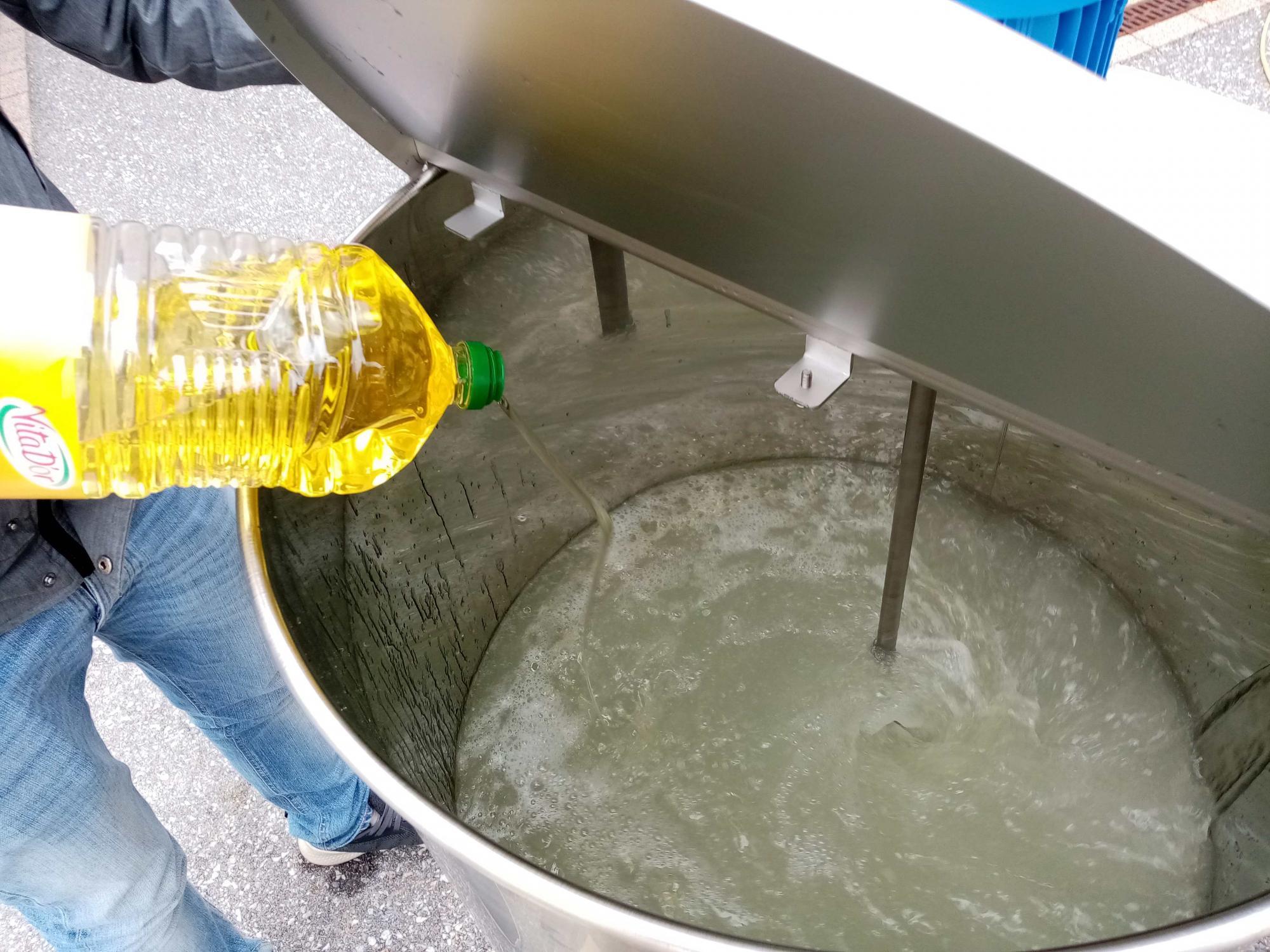Innovative process for the clean-up of contaminated sites with FHTW participation

27 April, 2021
A team from the University of Applied Sciences Technikum Wien is currently working on a new process as part of a research project that should enable faster and cheaper clean-up of mineral oil-contaminated soils. A symposium on this topic will be held on May 31.
A team from the University of Applied Sciences Technikum Wien is currently working on a new process as part of a research project that should enable faster and cheaper clean-up of mineral oil-contaminated soils. A symposium on this topic will be held on May 31.
The remediation of so-called contaminated sites is not only time-consuming, but also expensive. Soils contaminated with pollutants are often excavated, transported away and incinerated – but even this method is labor-intensive and costly. A team from the Material Science & Mechanical Systems research center at the University of Applied Sciences Technikum Wien is currently developing an alternative to this as part of the “Purification Cascade” research project funded by Kommunalkredit Public Consulting (KPC): A new method aims to remove mineral oil contamination from the soil by using vegetable oil emulsions and fleeces. The innovative method is intended to enable clean-up on site (“in situ”) in a much faster and less costly way.
In addition to scientists from Technikum Wien, a team from the University of Natural Resources and Applied Life Sciences (Boku) and three companies are also involved in the project. BZA is a manufacturer of nonwovens, which are necessary for the new process, and environmental technology companies Ensowa and Spintec are also involved.



Vegetable oil vs. mineral oil
The FHTW researchers are currently testing the new process combination in the laboratory using contaminated soil material from the former Drösing petroleum plant (Lower Austria). “To do this, we mix vegetable oil and water to form an emulsion that seeps into the soil. The idea behind this is that the vegetable oil binds the mineral oil, this mixture sinks into the groundwater and can then be pumped out from there,” explains Maximilian Lackner, head of the Innovation and Technology Management and International Industrial Engineering master’s programs at FHTW. The pumped oil mixture can then be separated again with the help of special nonwovens. In a second variant, the project team also tested the possible use of biodiesel instead of vegetable oil. Although this is somewhat more viscous than the rapeseed oil used, it is also suitable for the process.
In the next step in this cleaning sequence (“cascade”), the pollutants still remaining in the subsoil are finally broken down using enzymes. The team from the University of Natural Resources and Applied Life Sciences is working on this process as part of the project.
Symposium at the end of May, field trials in summer
The process was originally developed for use with PAH pollutants (polycyclic aromatic hydrocarbons) as part of a previous project, and is now being adapted and tested for use with petroleum hydrocarbons (MPH) in the new project. “The trials so far have been very promising,” reports Lackner. At a symposium on May 31 – the event will be held online as a hybrid event and with a limited number of participants in Drösing – the current research results will be discussed with experts, specialists and representatives of authorities from the field of contaminated sites. Over the summer, the new process combination will then be tested in field trials at the site of the former Drösing petroleum factory. The end of the project, including a concluding workshop, is planned for the end of August.